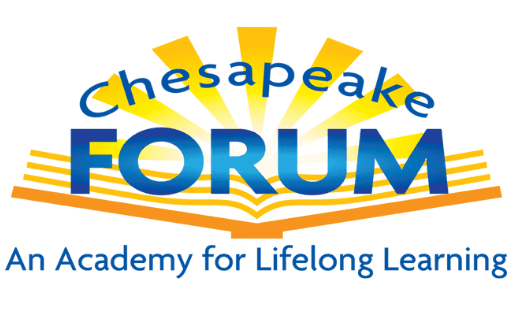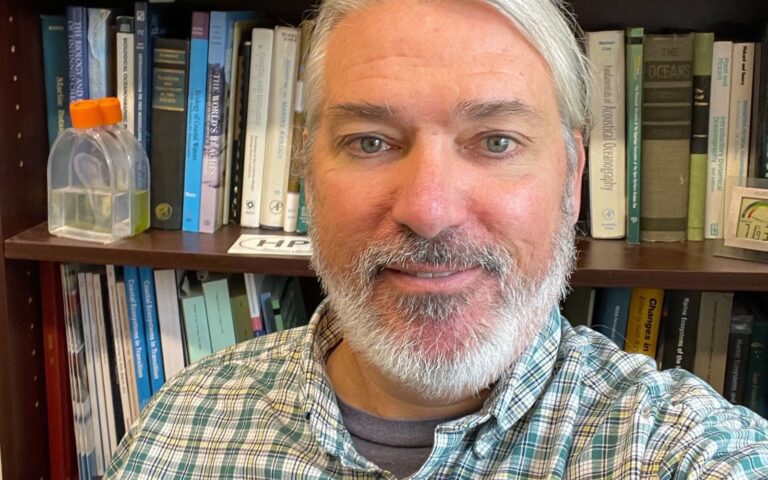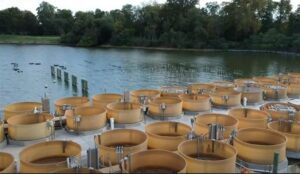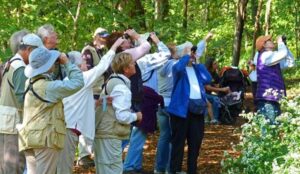Learn about the microscopic world that exists in our local waters, from tiny particles of plastic and single celled organisms, up to the tiny animals that are smaller than the period at the end of this sentence.
The word plankton comes from a Greek word meaning wanderer or drifter, and the word was coined over a century ago. Participants will be introduced to the major players in the plankton food web in the Chesapeake Bay through images and videos, and learn how that tiny world connects to our everyday lives. The class will touch on how these local plankton communities have changed over time, and how our understanding has improved with new technologies. We will discuss the impact of human activities on these tiny drifters, with specific discussion topics to include invasive species, the dead zone, and microplastics. The course will also include a brief introduction to the Horn Point Laboratory in Cambridge, MD, including a sneak peek at the upcoming field trip to Horn Point.
What to Expect: Learn about the dominant types of plankton in our local waters and their connection to ecologically and economically important species, the long-term trends and sources of variability in the plankton communities, and how these data are collected. Additionally, we will look at the causes and consequences of dead zones on the plankton food web of the Chesapeake Bay and the state of microplastic research in our region.
Course Links:




